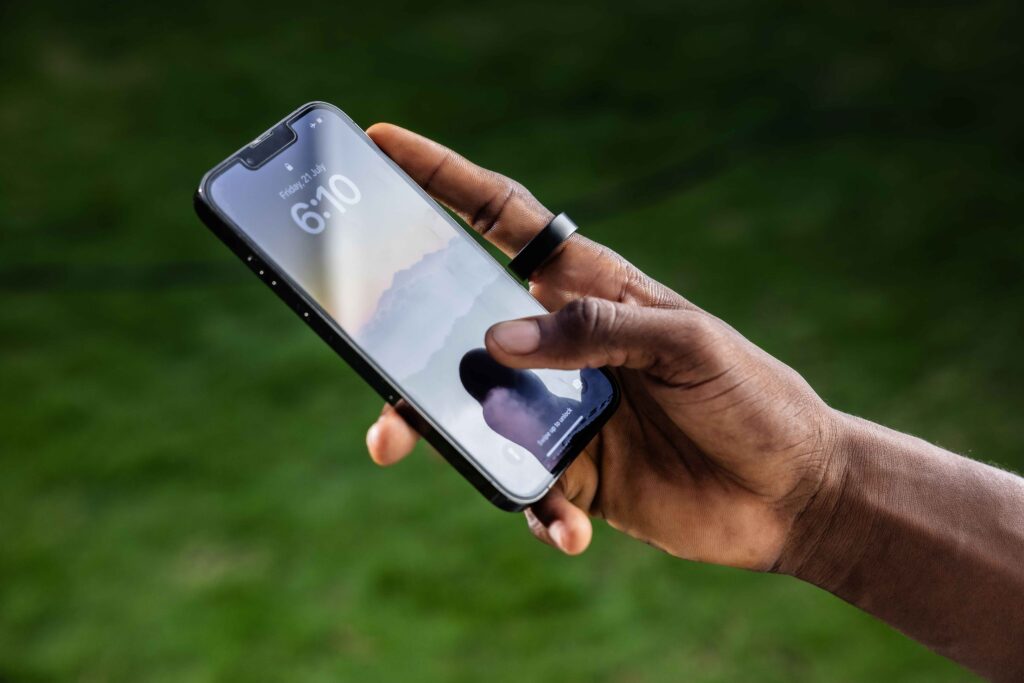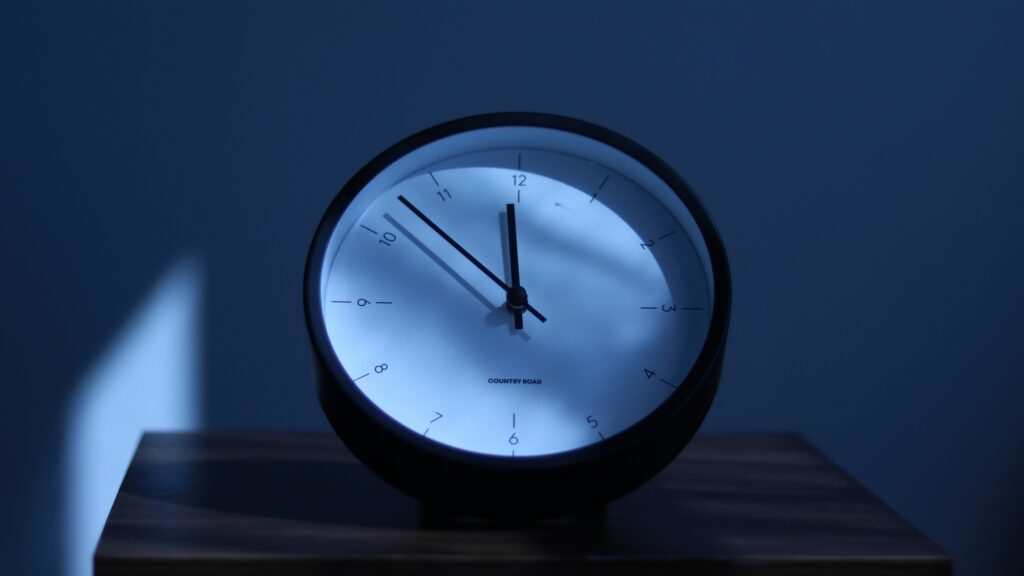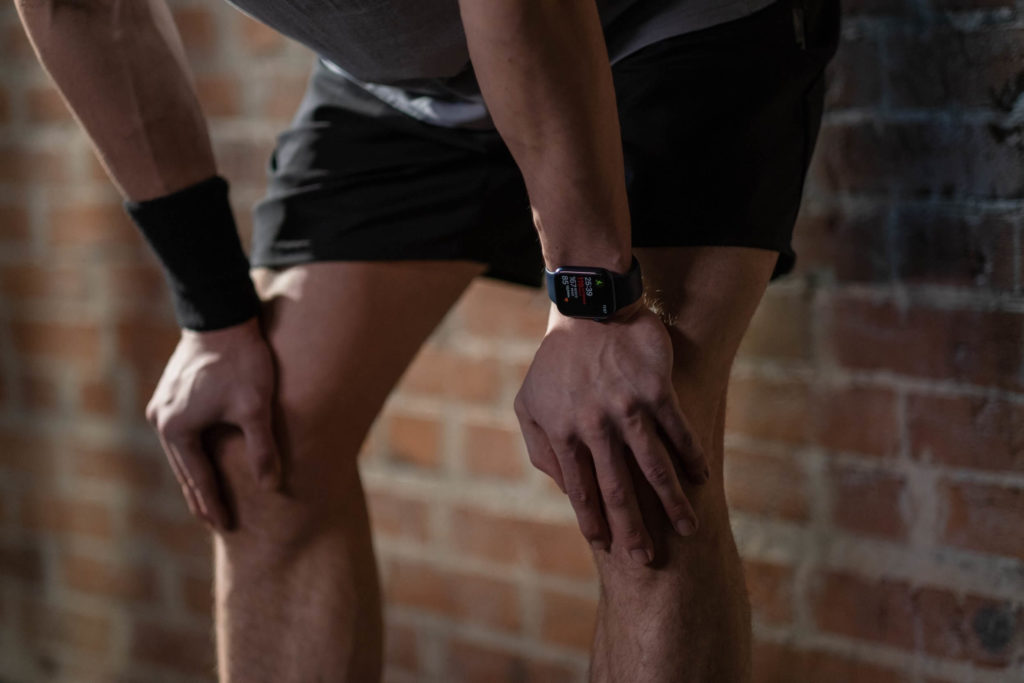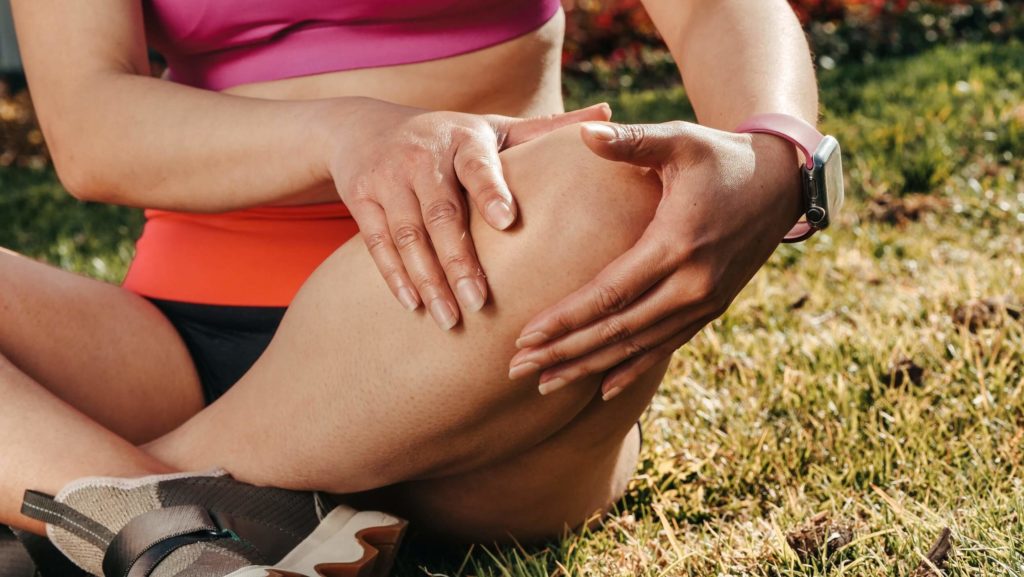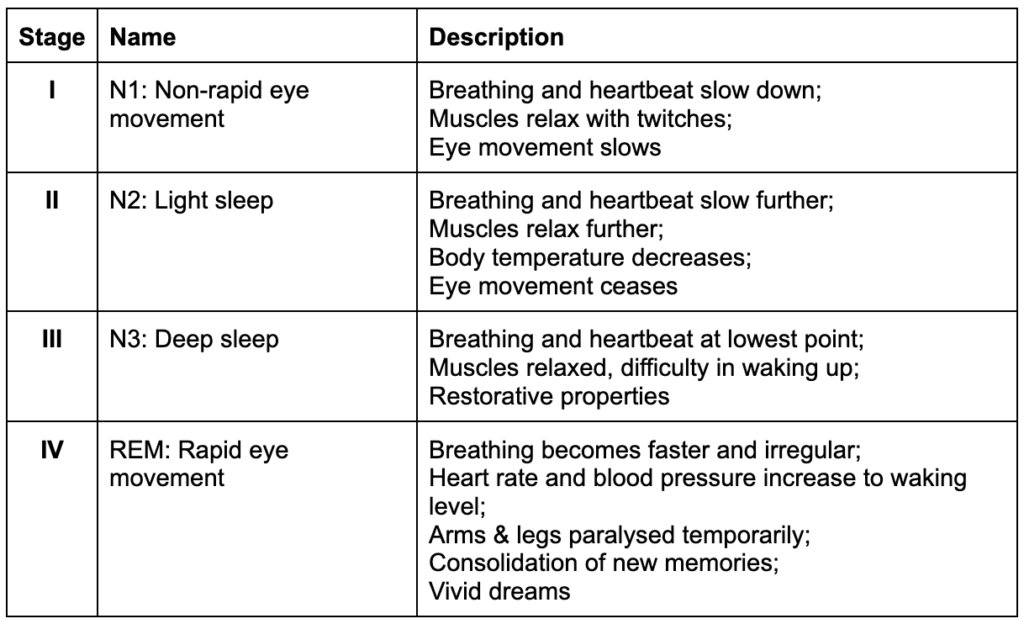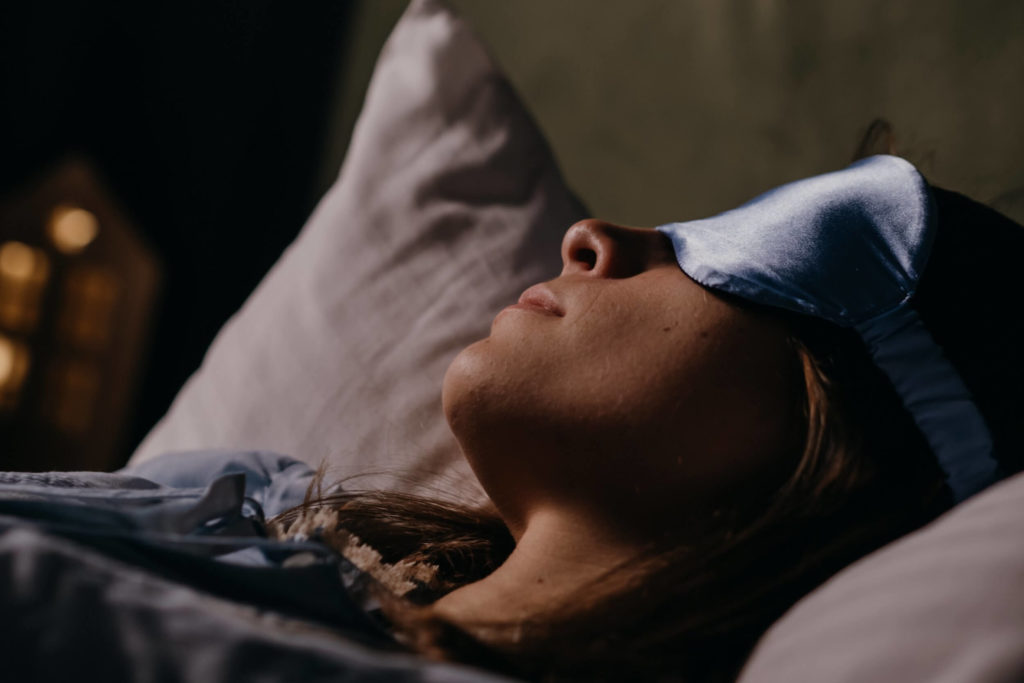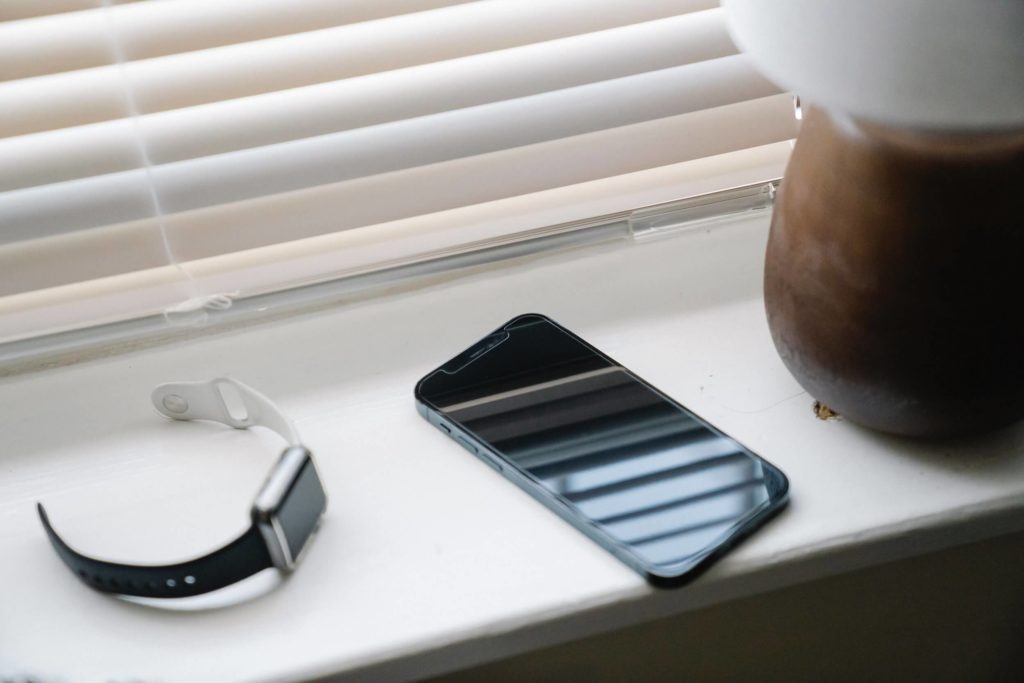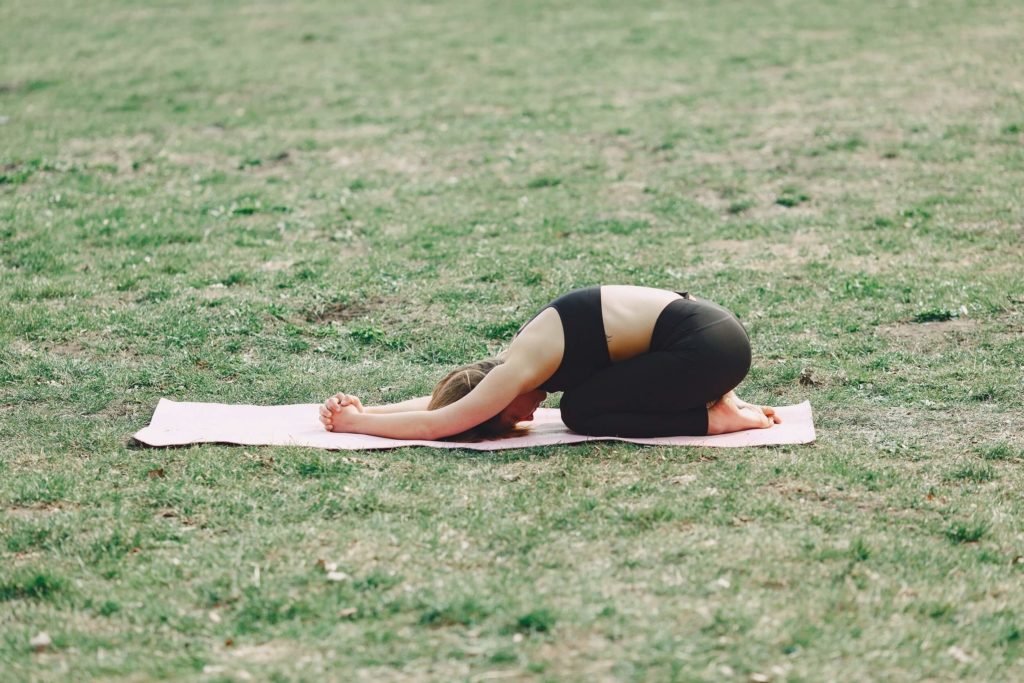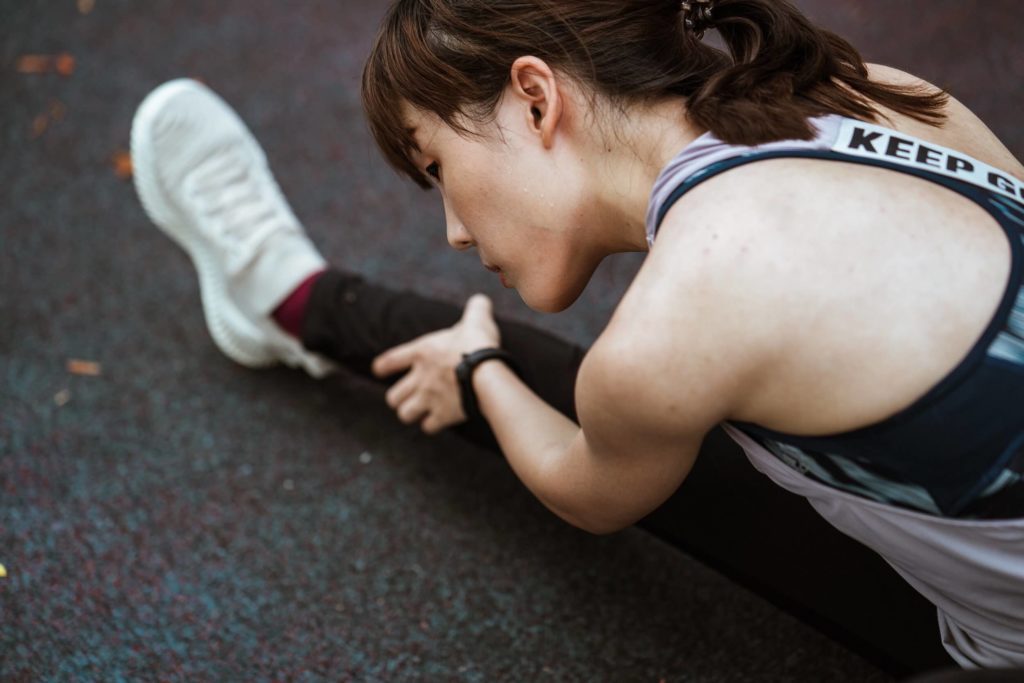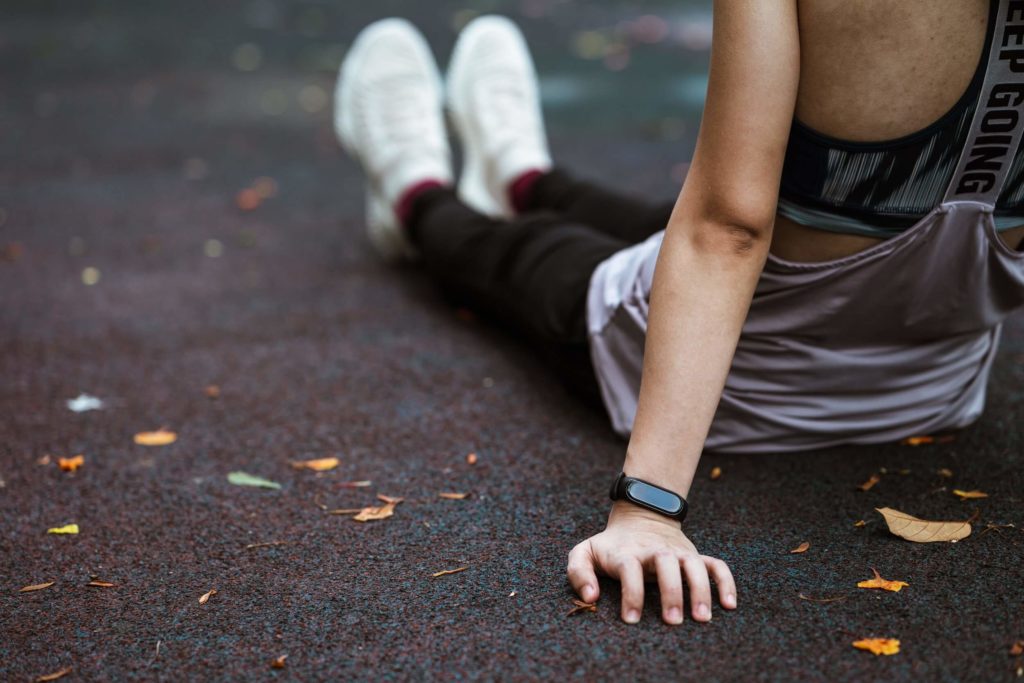Stress is your body’s natural response to life’s peaks and crevices. It is defined as any real or interpreted threat to the physiological or psychological state of a person, resulting in physiological and behavioural responses. It is a reaction to an event or thought that adversely impacts your feelings and emotions.
While some stress is necessary and even healthy for our well-being, most forms of stress adversely impact the body and its functioning, especially if one is exposed to them for a prolonged period. Finding ways to deal with and manage stress is imperative to prevent serious health conditions, such as high blood pressure, heart disease, obesity and depression.
To truly understand and keep stress at bay, tracking it is the first step. Until recently, lab tests were considered the holy grail of determining the origins, levels and impacts of stress. However, there are now a number of technologies in the market that help you understand stress levels and mitigate them as much as possible. Let’s understand what these devices are and if they truly help reduce and manage stress.
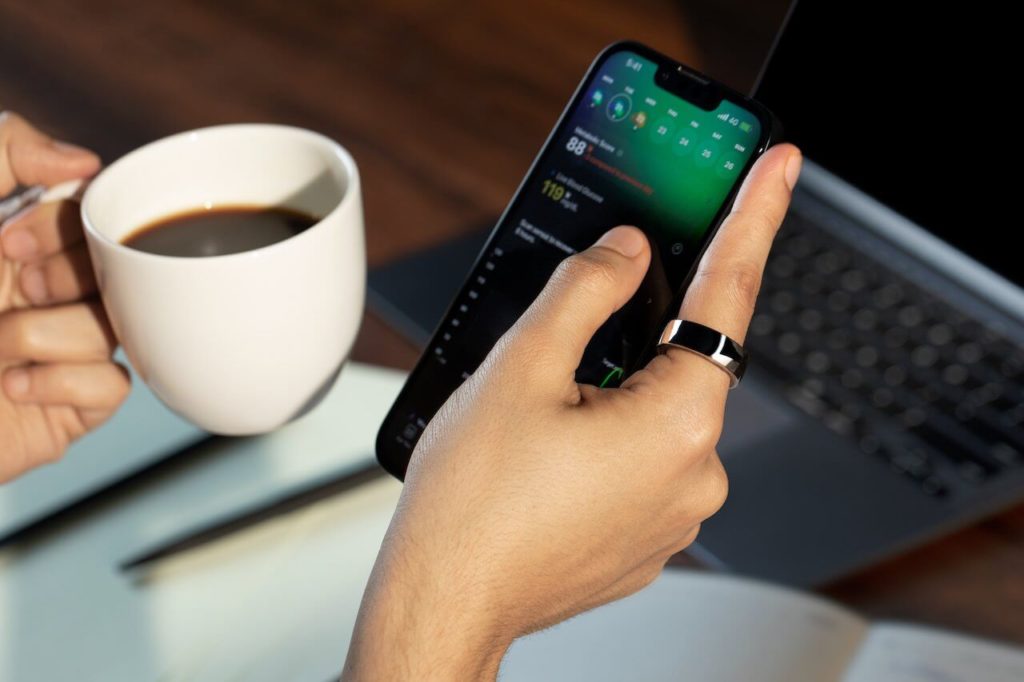
Highlights
- Stress is defined as any real or interpreted threat to the physiological or psychological state of a person resulting in physiological and behavioural responses,
- Stress trackers are wearable devices that help track stress levels at various points in the day. The most critical component these devices use is your heart rate and heart rate variability (HRV),
- Studies have also found that there is little to no difference between the stress level results obtained from wearable devices and laboratory devices.
How Wearable Technology Works in Reducing Stress
Wearables have made massive strides in the way they track, measure and abate stress. From wrist monitors to headbands, wearable devices have advanced and changed the way they measure and manage stress.
There are two types of wearable devices that help with stress:
- Stress trackers
Stress trackers are wearable devices that help track stress levels at various points in the day. The most critical component these devices use is your heart rate and heart rate variability (HRV). So now, stress is not just a measure of beats per minute (heart rate), it is also a measurement of the time interval between heartbeats (heart rate variability).
If your BPM (beats per minute) is 60, it does not necessarily mean that your heart is beating at one beat per second. There is variation between each beat and this interval may vary vastly. For example, at 60 BPM, there may be 0.10 seconds between two beats and then 1.10 seconds between the following two beats.
A greater variability between heartbeats, or an HRV, is considered ideal. It reflects your body’s ability to endure stress or indicates that you’re recovering well from previously accumulated stress.
While accurate measurement of HRV is fairly difficult with wrist heart rate monitors, chest monitors may prove to be closest to the precise level of stress one may have experienced.
Trackers should be worn at all times to give the most accurate data, including during rest and sleep. It should be noted that trackers are merely a representation of the level of stress endured at different points in the day.
They don’t ascertain the cause of such stress and neither do they help mitigate it.
To truly understand these variables, you will need to study the data the trackers collect, map it back to the cause and eventually reduce stress through methods only some trackers suggest.
However, catching your ups and downs in stress levels can prove to be important data, especially in moments of passive stress (when you are not aware that you are stressed, or when someone else’s stress passes onto you without your realising it).
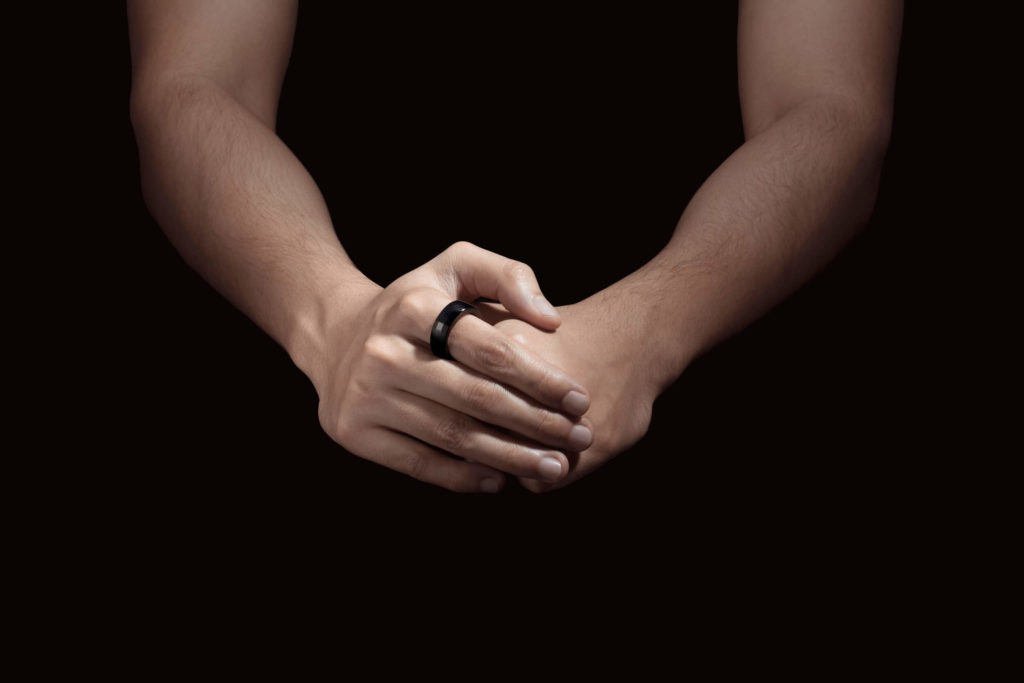
2. Stress-relief devices
Devices that are focused on relaxation or stress relief come under this category. These devices are worn or placed on different parts of the body, such as the chest or the palms. They aim to circumvent stress using low-frequency sounds—or infrasound (less than 20 hertz)—accompanied by vibrations, thereby inducing relaxation.
Research has indicated that these vibrations can stimulate the vagus nerve, activating the parasympathetic nervous system and reducing the level of cortisol (the stress hormone) in the body, counteracting the effects of stress.
There is a range of stress-relief devices that experiment with different levels of vibrations or sounds, with some even adding thermal therapy (temperature control) acting as an aid to the vibrations to increase relaxation.
It should be noted that these devices aren’t a cure or a quick fix for stress. They help pivot your mind to a different and more relaxed front and are a great way to find methods of relaxation.
Latest Research Around Fitness Wearable Tech And Stress
Research indicates that HRV is currently the most accurate way to measure stress, especially in comparison to the average heart rate method (used to measure heart rate over a period of time and take the average of those readings) used earlier.
Studies have also found that there is little to no difference between the stress level results obtained from wearable devices and laboratory devices.
Since laboratory tests were considered more accurate and reliable, this study is a positive sign for wearables and their future. Wearable devices are non-invasive methods of testing stress.
However, contact between the body and the wearable device can sometimes be obstructed because of lack of contact with the skin, especially during sleep or movement, leading to less accurate and shorter durations of data received.
Trackers have now made people much more aware of their stress levels, leading to positive changes in the way people view, process and deal with stress.
A study conducted on veterans elucidated that sensors help them anticipate stressful events before they even occur, making their approach to dealing with stress more proactive.
The same study also revealed that people now had the time to develop coping mechanisms, keeping their stress at a minimum. In some cases, the devices have helped people sleep better and recognise the impact of sleep on their stress and vice versa.
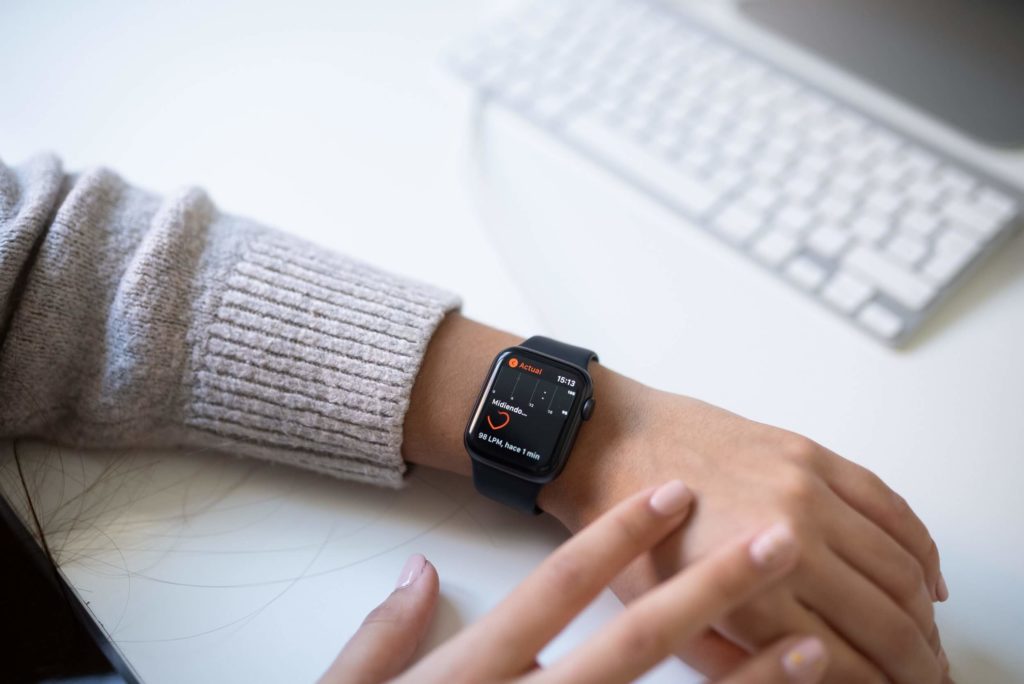
What to look forward to in this space?
It is predicted that companies that make these sensors will try to use the data provided (such as stress levels and body battery levels) by these devices and make sense of it. Insights from this data will be tailor-made based on the wearer’s lifestyle and stress levels.
More companies are increasingly seeing the need for experimenting with wearable devices on other parts of the body, such as the ear and other areas that are closer to the heart, including chest monitors, and improving their accuracy. Another important feedback mechanism currently being explored is sweat and its components to both measure stress hormones and offer insights into emotional stresses.
Conclusion
Stress is an adverse reaction on the body or mind to any real or perceived threat. Prolonged exposure to stress can lead to chronic health issues, making tracking and relieving stress with the help of wearable devices imperative. Stress tracking and relieving devices help the body counteract stress and its effects.
Heart Rate Variability (HRV) is currently the most accurate way to measure stress used by most wearable stress trackers. It helps people preempt stressful events, develop coping mechanisms and improve sleep. The future of wearable technologies looks promising, with companies looking to improve data accuracy, provide actionable insights and experiment with wearable devices on different body parts.
Disclaimer: The contents of this article are for general information and educational purposes only. It neither provides any medical advice nor intends to substitute professional medical opinion on the treatment, diagnosis, prevention or alleviation of any disease, disorder or disability. Always consult with your doctor or qualified healthcare professional about your health condition and/or concerns and before undertaking a new healthcare regimen including making any dietary or lifestyle changes.
References
- Gender differences in stress response: Role of developmental and biological determinants – PMC
- Stress and your health: MedlinePlus Medical Encyclopedia
- The Best Wearable Stress-Relief Devices for Maximum Calm | Well+Good
- A pilot study on high amplitude low frequency–music impulse stimulation as an add‐on treatment for depression – PMC
- Stress wearables: best devices that monitor stress and how they work



